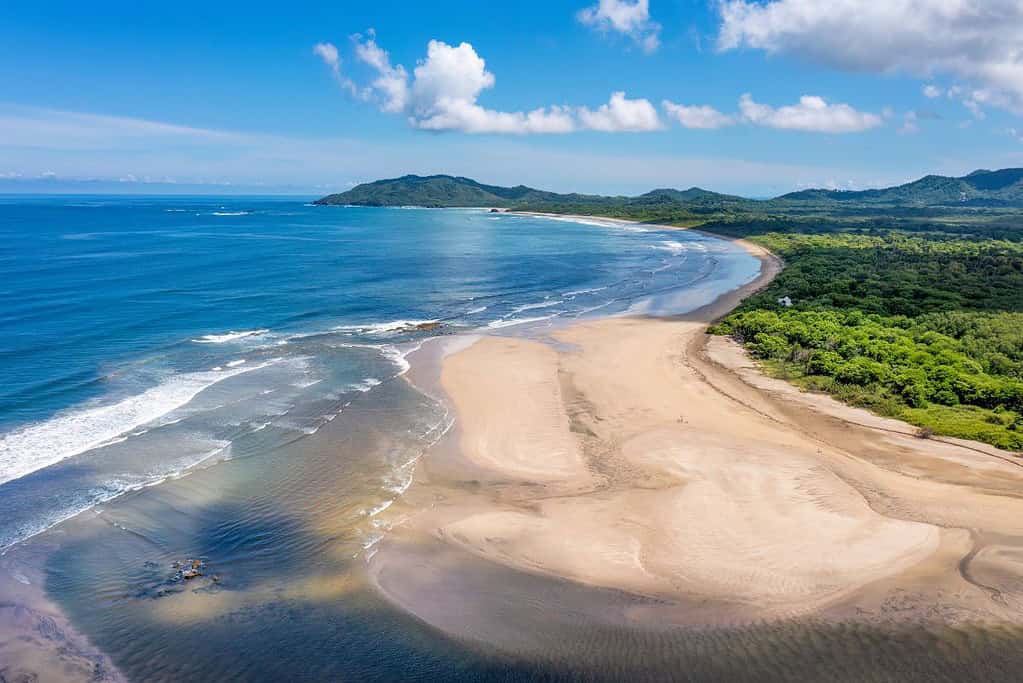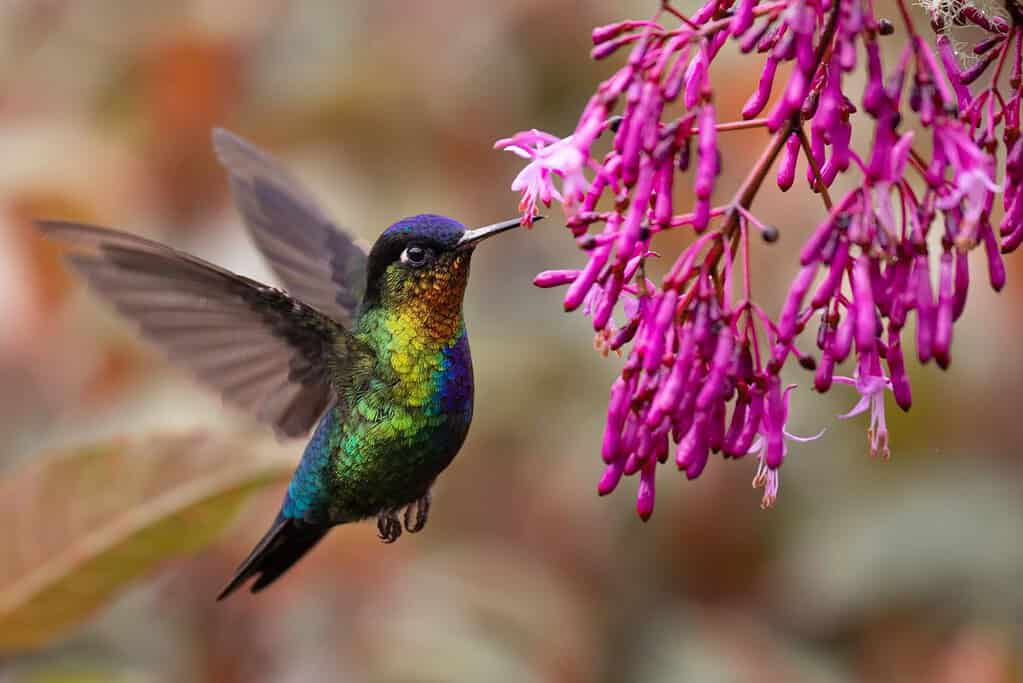Table of Contents
The UNESCO Sites in Costa Rica have resulted from the recognition 4 cultural and natural landmarks as UNESCO World Heritage Sites in Costa Rica and 1 location on the Costa Rica UNESCO tentative list. These touristic sites in Costa Rica are acknowledged for their unique and valuable cultural, natural, artistic, and historical significance and are preserved for future generations.
In addition to these 4 sites in the Costa Rica UNESCO list, many other places to travel to Costa Rica are being considered for UNESCO recognition. These sites, listed on the tentative list, showcase the country’s rich cultural heritage and are waiting for approval to join the prestigious and famous World Heritage Sites list.
To help visitors discover these remarkable Costa Rica tourist attractions, we have assembled an interactive map of the UNESCO sites in Costa Rica.
Costa Rica UNESCO Map
Click markers to show information and photo.
World Heritage Sites in Costa Rica
UNESCO World Heritage Sites in Costa Rica
There are 4 UNESCO World Heritage Sites in Costa Rica. All of these three sites are listed under the Cultural category.
- Precolumbian Chiefdom Settlements with Stone Spheres of the Diquís
- Area de Conservación Guanacaste
- Cocos Island National Park
- Talamanca Range-La Amistad Reserves / La Amistad National Park
UNESCO World Heritage Sites in Costa Rica are protected locations for their cultural and natural importance.
Precolumbian Chiefdom Settlements with Stone Spheres of the Diquís

The Precolumbian Chiefdom Settlements with Stone Spheres of the Diquís are UNESCO World Heritage Sites located in Costa Rica. These sites contain the remnants of ancient settlements and are characterized by the presence of mysterious stone spheres scattered throughout the landscape. The stone spheres, some weighing several tons, are believed to have been created by the indigenous people of the Diquís culture between 300 BCE and 1500 CE. These enigmatic spheres have captivated researchers and visitors alike, raising questions about their purpose and the advanced craftsmanship of the ancient civilization. The Precolumbian Chiefdom Settlements with Stone Spheres of the Diquís provide a fascinating glimpse into the rich cultural heritage of Costa Rica’s prehistoric past.
Area de Conservación Guanacaste

The Area de Conservación Guanacaste (ACG) is a UNESCO World Heritage Site located in Costa Rica. It is a remarkable conservation area that showcases the country’s rich biodiversity and natural wonders. The ACG covers a vast expanse of land, including tropical forests, pristine beaches, and active volcanoes. It is home to an incredible array of plant and animal species, many endangered or rare. The ACG also holds significant cultural and archaeological value, with ancient petroglyphs and remnants of indigenous settlements. This UNESCO site is a testament to Costa Rica’s commitment to preserving its natural and cultural heritage for future generations.
Cocos Island National Park

Cocos Island National Park is a UNESCO World Heritage Site located in Costa Rica. It is renowned for its exceptional natural beauty and rich biodiversity. The park, situated approximately 550 kilometers off the Pacific coast, encompasses Cocos Island and the surrounding marine area. It is recognized as one of the world’s most pristine marine ecosystems and serves as a crucial habitat for a wide variety of marine species, including sharks, dolphins, and sea turtles. The park’s lush rainforests and stunning underwater landscapes attract nature enthusiasts and divers from around the globe, offering them a unique opportunity to explore and appreciate the wonders of this remote and protected natural treasure.
Talamanca Range-La Amistad Reserves / La Amistad National Park

Talamanca Range-La Amistad Reserves / La Amistad National Park is a remarkable UNESCO World Heritage site located in Central America, spanning across the borders of Costa Rica and Panama. This expansive protected area encompasses the Talamanca mountain range and is recognized for its exceptional biodiversity and rich cultural heritage. The park is home to diverse ecosystems, including pristine rainforests, cloud forests, and high-altitude páramo landscapes. Visitors can encounter an incredible variety of plant and animal species within its boundaries, some of which are endemic and endangered. The park also holds great cultural significance, as it is inhabited by indigenous communities who have maintained their traditional ways of life for centuries. Exploring this UNESCO site offers a unique opportunity to experience the wonders of nature and learn about the deep-rooted connections between humans and their environment.
Costa Rica UNESCO tentative list
- Corcovado National Park and Isla del Caño Biological Reserve
Tours in Costa Rica
Our choices of tours in Costa Rica are divided into thematic features such as Arenal Volcano, Nicoya Peninsula, and Arenal Volcano Experience.
